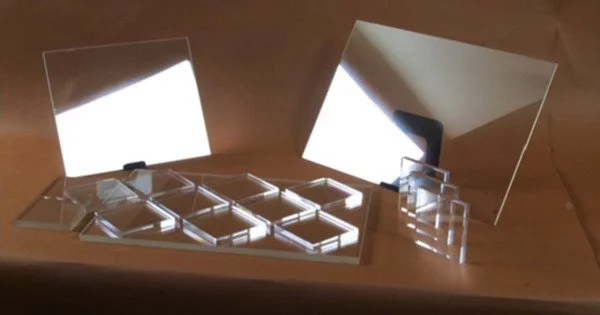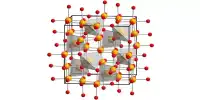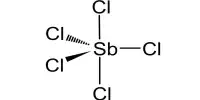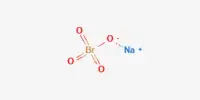Aluminium oxynitride (AlON) is a ceramic material that is often referred to as transparent aluminium. It is a clear ceramic made up of aluminum, oxygen, and nitrogen. It is a combination of aluminium, oxygen, and nitrogen, and has the chemical formula Al23O27N5. AlON is a transparent ceramic that has excellent mechanical, thermal, and optical properties. In the near-ultraviolet, visible, and mid-wave-infrared regions of the electromagnetic spectrum, aluminium oxynitride is optically transparent (≥ 80%).
It has four times the hardness of fused silica glass, 85% the hardness of sapphire, and nearly 115% the hardness of magnesium aluminate spinel. Because of its cubic spinel structure, it can be fabricated into transparent windows, plates, domes, rods, tubes, and other shapes using standard ceramic powder processing techniques. It is commercially available in sizes as large as 18-by-35-inch (460 mm × 890 mm; 46 cm × 89 cm) monolithic windows.
Properties
One of the most remarkable properties of AlON is its transparency. It has a high optical transmittance in the visible to near-infrared region of the electromagnetic spectrum, making it useful for a range of optical applications, including windows and lenses. Additionally, AlON is a very hard and tough material, with high resistance to abrasion and wear. This makes it ideal for use in harsh environments, such as in military and aerospace applications.
- Chemical formula: (AlN)x·(Al2O3)1−x, 0.30 ≤ x ≤ 0.37
- Appearance: White or transparent solid
- Density: 3.691–3.696 g/cm3
- Melting point: ~2150 °C
- Solubility in water: insoluble
- Crystal structure: cubic spinel
Applications
Aluminium oxynitride is used for infrared-optical windows because it has greater than 80% transparency at wavelengths less than 4 micrometers and drops to near zero at wavelengths less than 6 micrometers. As a result, it has applications as a sensor component, specialty IR domes, and laser communications windows. It has also been demonstrated in some semiconductor-related applications as an interface passivation layer.
AlON is also a good thermal conductor and has high thermal shock resistance, meaning that it can withstand rapid temperature changes without cracking or breaking. These properties make AlON a desirable material for use in high-temperature applications, such as in furnace linings and kiln components.















